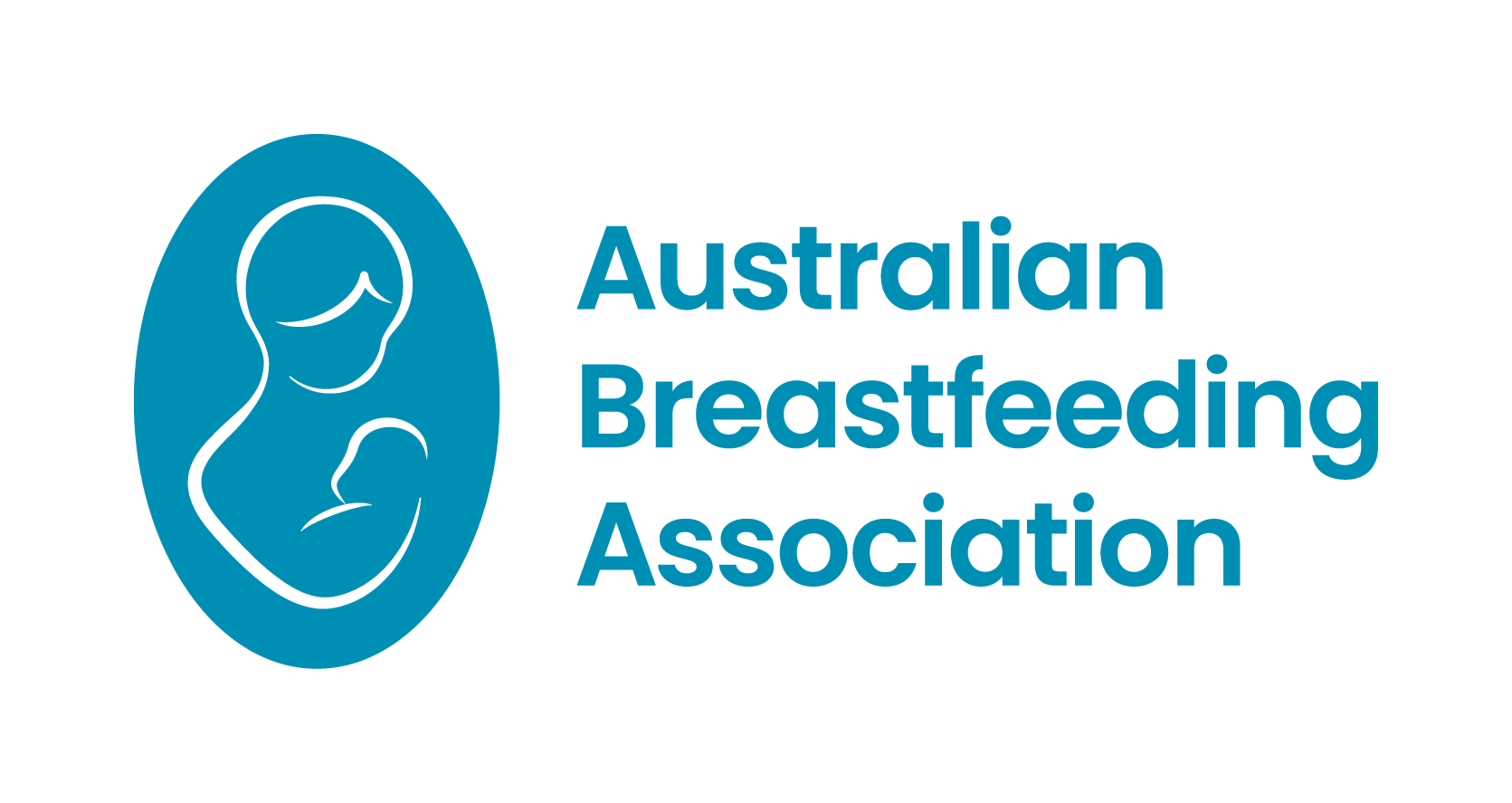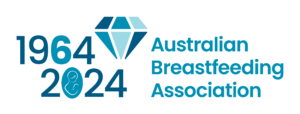Breastfeeding Information and Research Team, Australian Breastfeeding Association
COVID-19 is a corona virus, with much still to be learned about its transmission. Breastfeeding and breastmilk are well-known to be protective against a wide range of viruses1 and health professionals can confidently reassure breastfeeding mothers that they can continue to breastfeed.
The Centers for Disease Control and Prevention state 2:
Breast milk provides protection against many illnesses. There are rare exceptions when breastfeeding or feeding expressed breast milk is not recommended. CDC has no specific guidance for breastfeeding during infection with similar viruses [to COVID-19] like SARS-CoV or Middle Eastern Respiratory Syndrome (MERS-CoV).
Outside of the immediate postpartum setting, CDC recommends that a mother with flu continue breastfeeding or feeding expressed breast milk to her infant while taking precautions to avoid spreading the virus to her infant.
The importance of breastfeeding for the health of mothers and their infants is well established. 3 Breastmilk provides infants with a range of anti-infective factors (such as specific secretory IgA antibodies, immunoglobulins, lymphocytes, lactoferrin, lysozyme, oligosaccharides) that work synergistically to help to protect them from illness.1
Lower respiratory tract infections (LRTI) are more common in infants who are not breastfed.3 Ip et al (2007)4 estimated a 72% reduction in hospital admissions for LRTI if all infants were exclusively breastfed for 4 months. A 2016 meta-analysis found that breastfeeding reduced hospital admissions for LRTI by 57%5
If a breastfeeding mother becomes unwell with a virus, continuation of direct breastfeeding is usually warranted. The infant has already been exposed to the virus and will benefit from the ongoing protection from illness provided by breastfeeding.
Risks involved with disruption of direct breastfeeding include:
- A reduction in anti-infective factors provided to the infant. 6 The concentration of various anti-infective factors in expressed breastmilk may be less as compared to the concentration provided by the breastmilk when an infant feeds directly from the breast.
- A reduction in breastmilk supply. Some women find that expressing removes milk less effectively than their infant. If less milk is removed from a mother’s breasts, then she will make less milk.
- Emotional distress for the infant. Breastfeeding is more than just about food for infants. It also provides infants with a sense of security and warmth.
- Possible breast refusal by the infant when trying to re-commence direct breastfeeding due to the infant developing a preference for the bottle.
If interruption to direct breastfeeding is determined to be medically necessary, expressing is encouraged. The expressed breastmilk can be fed to the infant to reduce the risk of the infant becoming unwell. Strict hygiene in handling expressing equipment and expressed breast milk is important. Transferring the infant to formula increases the risk of illness, as the protective properties of breastmilk are not there; this is of more importance than a concern for the small reduction in anti-infective properties in expressed breast milk.
In order to reduce the risk of spreading viruses to infants, universal precautions should be followed, in particular thorough hand washing practices. For more information about avoiding spreading viruses see:
- The flu and you. Help stop the spread. Australian Government. Department of Health.
- Protect Against Flu: Caregivers of Infants and Young Children. Centers for Disease Control and Prevention.
- Emergencies preparedness, response. What can I do?World Health Organization.
All of the information above pertains to families who are either at risk of or experiencing respiratory viruses such as the coronavirus, as well as flu.
Reducing the likelihood of exposure of infants to coronavirus, for instance, by avoiding crowds, hospital and medical waiting rooms would also be advised.
If families are quarantined because of COVID-19, there is very useful Information about infant feeding (both for breastfed and formula fed babies) in emergencies here: https://www.breastfeeding.asn.au/bfinfo/infant-feeding-emergencies 7 This can be downloaded and given to families needing immediate information.
Resources
World Health Organization:
- Home care for patients with suspected novel coronavirus (nCoV) infection presenting with mild symptoms and management of contacts
- Coronavirus disease (COVID-19) outbreak
- Q&A on coronaviruses (COVID-19)
Centers for Disease Control and Prevention:
- Interim Guidance on Breastfeeding for a Mother Confirmed or Under Investigation For COVID-19
- About Coronavirus Disease 2019 (COVID-19)
- Frequently Asked Questions and Answers: Coronavirus Disease 2019 (COVID-19) and Pregnancy
UNICEF:
Australian Breastfeeding Association:
Gribble, Kathleen – Infant Feeding in Emergencies https://www.breastfeeding.asn.au/bfinfo/infant-feeding-emergencies
Breastfeeding: expressing and storing breastmilk, Australian Breastfeeding Association booklet
References
- Brodribb, W. Breastfeeding Management in Australia, 5th ed. Australian Breastfeeding Association, South Melbourne, Australia 2019, Ch 2 – Immunological Aspects of Human Milk.
- Centres for Disease Control and Protection, Interim Guidance on Breastfeeding for a Mother Confirmed or Under Investigation For COVID-19, February 2020, Available at https://www.cdc.gov/coronavirus/2019-ncov/specific-groups/pregnancy-guidance-breastfeeding.htm Accessed March 2020.
- Victora, C.G., Bahl, R., Barros, A.J.D. et al. Breastfeeding in the 21st century: epidemiology, mechanisms, and lifelong effect. Lancet. 2016;387:475–490.
- Ip, S, Chung, M., Raman, G., Breastfeeding and maternal and infant health outcomes in developed countries. Evidence Report/Technology Assessment. 2007;153:1–186.
- Horta, B., Victora, C. Short-term effects of breastfeeding: a systematic review of the benefits of breastfeeding on diarrhoea and pneumonia mortality. Geneva: World Health Organization 2013.
- Ballard,O., Morrow, A. L., Human Milk Composition: nutrients and bioactive factors, Pediatr Clin North Am. 2013;60(1): 49-74.
- Gribble, K., Infant feeding in emergencies, Australian Breastfeeding Association, https://www.breastfeeding.asn.au/bfinfo/infant-feeding-emergencies







